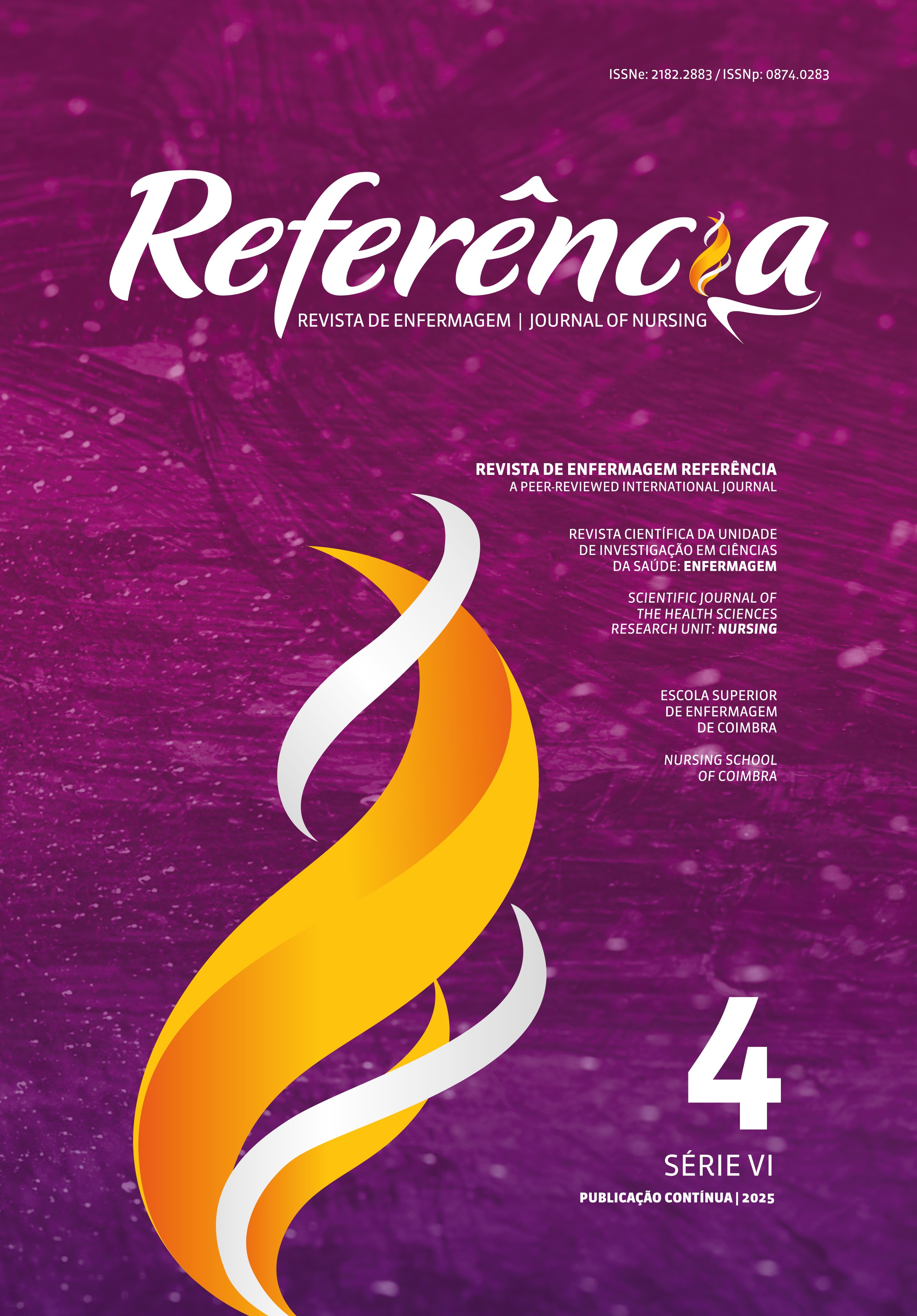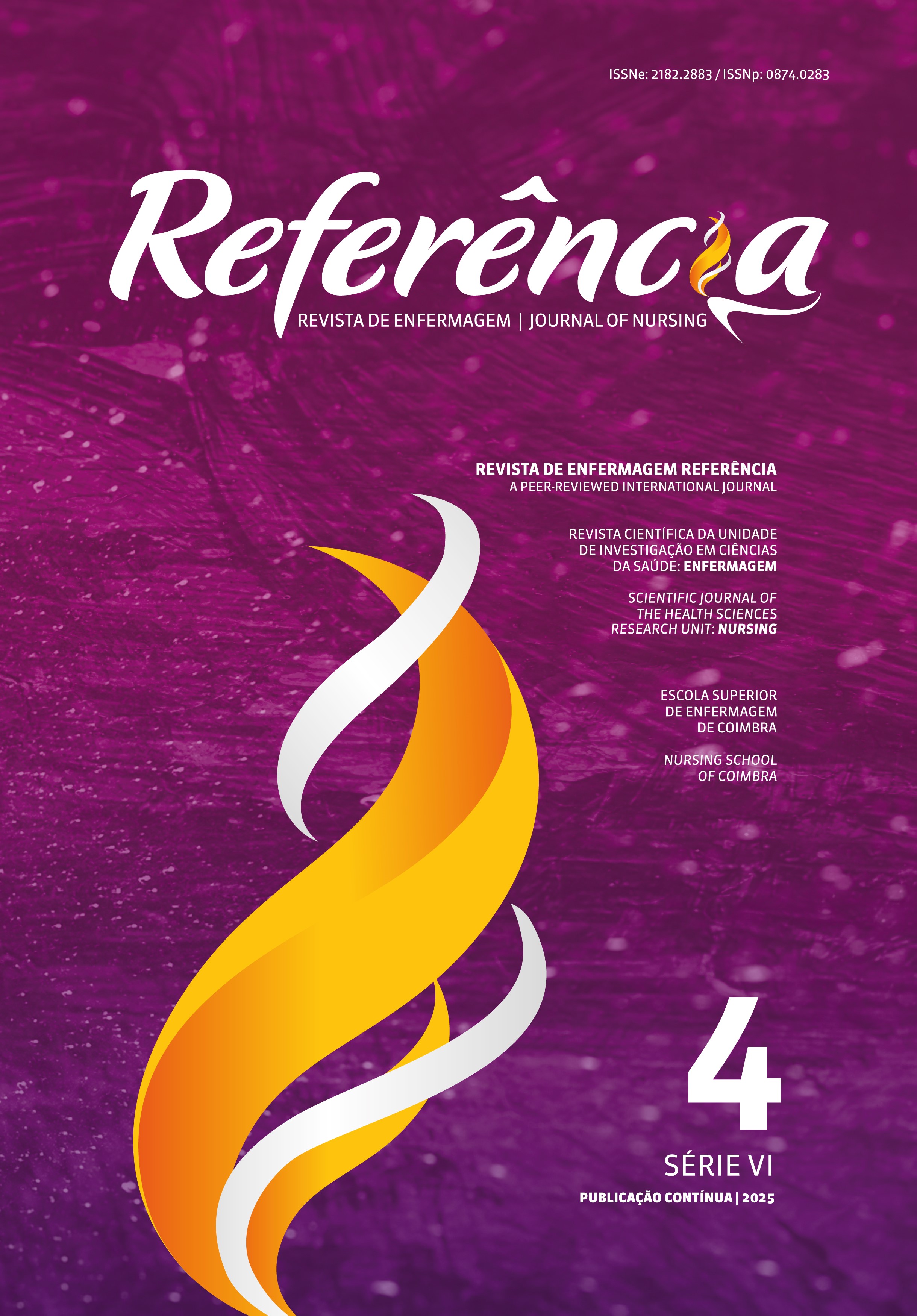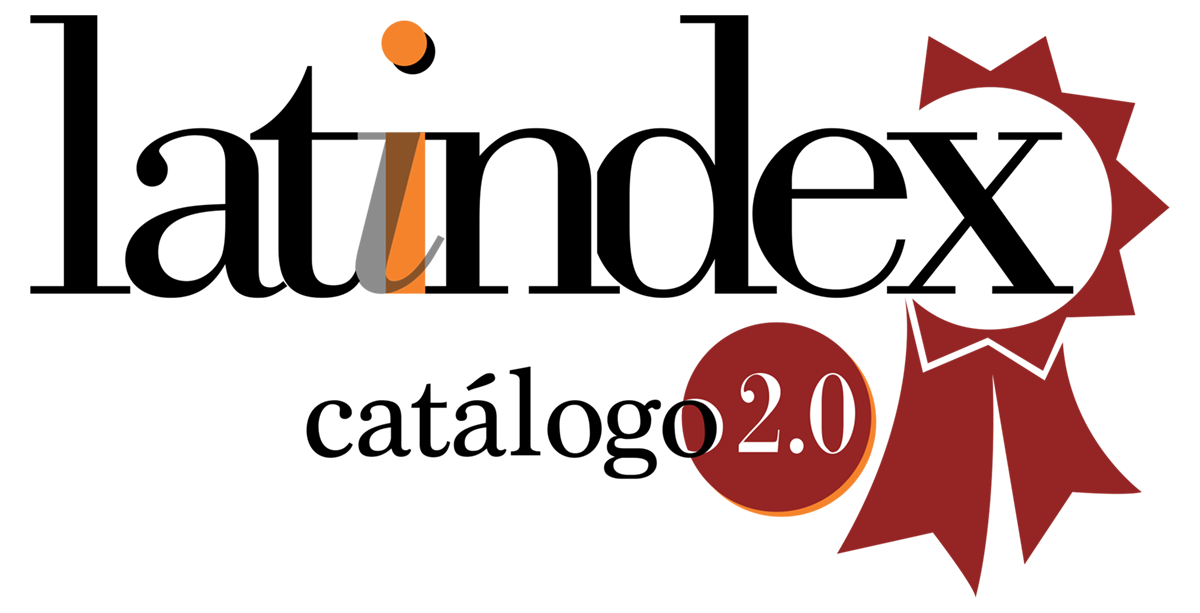Estrategia de retención para profesionales sanitarios: la eficacia de la formación de equipos
DOI:
https://doi.org/10.12707/RVI24.80.36847Palabras clave:
liderazgo, cultura organizacional, reorganización del personal, personal de saludResumen
Marco contextual: La rotación de los profesionales sanitarios es un reto que puede tener consecuencias para las organizaciones sanitarias, los usuarios y los propios profesionales. Dado que se trata de un problema actual, urgen intervenciones de eficacia probada para retener a los profesionales sanitarios.
Objetivo: Analizar el efecto de un plan de actividades de team building sobre la intención de rotación de los profesionales sanitarios.
Metodología: Se llevó a cabo un estudio exploratorio cuantitativo. Treinta y cuatro profesionales sanitarios participaron en un programa estructurado de creación de equipos para conocer su impacto en la intención de rotación.
Resultados: Las actividades de team building realizadas tuvieron un impacto positivo en la intención de rotación de los profesionales sanitarios. La actividad "escape room" fue la que tuvo un impacto más significativo, y las reuniones mensuales, la que menos.
Conclusión: Los profesionales sanitarios que participan en actividades de team building tienen una menor intención de rotación.
Descargas
Citas
Andrade, É. S. (2011). Team building em Portugal e sua importância na motivação das equipas [Dissertação de mestrado, Instituto Universitário de Lisboa]. Repositório Institucional do Instituto Universitário de Lisboa. https://repositorio.iscte-iul.pt/bitstream/10071/4733/4/master_erica_varela_andrade.pdf
Anselmi, M. L., Angerami, E. L., & Gomes, E. L. (1997). Rotatividade dos trabalhadores de enfermagem nos hospitais do Município de Ribeirão Preto. Revista Panamericana de Salud Pública, 2(1), 44-50. https://10.1590/S1020-49891997000700008
Brunetto, Y., Xerri, M., Shriberg, A., Farr-Wharton, R., Shacklock, K., Newman, S., & Dienger, J. (2013). The impact of workplace relationships on engagement, wellbeing, commitment and turnover for nurses in Australia and the USA. Journal of Advanced Nursing, 69(12), 2786–2799. https://doi.org/10.1111/jan.12165
Byron, K., Keem, S., Darden, T., Shalley, C. E., & Zhouuilding, J. (2022). Building blocks of idea generation and implementation in teams: A meta-analysis of team design, creativity, and innovation. Personnel Psychology, 76(1), 249–278. https://doi.org/10.1111/peps.12501
Cantarelli, P., Vainieri, M., & Seghieri, C. (2023). The management of healthcare employees’ job satisfaction: Optimization analyses from a series of large-scale surveys. BMC Health Services Research, 23(1), 428. https://doi.org/10.1186/s12913-023-09426-3
D’Alessandro-Lowe, A. M., Brown, A., Sullo, E., Pichtikova, M., Karram, M., Mirabelli, J., McCabe, R. E., McKinnon, M. C., & Ritchie, K. (2024). Why are healthcare providers leaving their jobs? A convergent mixed-methods investigation of turnover intention among Canadian healthcare providers during the COVID-19 pandemic. Nursing Reports, 14(3), 2030–2060. https://doi.org/10.3390/nursrep14030152
Duru, D. C., & Hammoud, M. S. (2022). Identifying effective retention strategies for frontline nurses. Nursing Management, 29(1), 17–24. https://doi.org/10.7748/nm.2021.e1971
Haakenstad, A., Irvine, C. M., Knight, M., Bintz, C., Aravkin, A. Y., Zheng, P., Gupta, V., Abrigo, M. R., Abushouk, A. I., Adebayo, O. M., Agarwal, G., Alahdab, F., Al-Aly, Z., Alam, K., Alanzi, T. M., Alcalde-Rabanal, J. E., Alipour, V., Alvis-Guzman, N., Amit, A. M., … Lozano, R. (2022). Measuring the availability of human resources for health and its relationship to universal health coverage for 204 countries and territories from 1990 to 2019: A systematic analysis for the Global Burden of DiseaseStudy 2019. The Lancet, 399(10341), 2129-2154. https://doi.org/10.1016/S0140-6736(22)00532-3
Hashish, E. A. (2017). Relationship between ethical work climate and nurses’ perception of organizational support, commitment, job satisfaction and turnover intent. Nursing Ethics, 24(2), 151–166. https://doi.org/10.1177/0969733015594667
Hayes, L. J., O’Brien-Pallas, L., Duffield, C., Shamian, J., Buchan, J., Hughes, F., Laschinger, H. K., & North, N. (2012). Nurse turnover: A literature review: An update. International Journal of Nursing Studies, 49(7), 887–905. https://doi.org/10.1016/j.ijnurstu.2011.10.001
Labrague, L. J., McEnroe-Petitte, D. M., & Tsaras, K. (2019). Predictors and outcomes of nurse professional autonomy: A cross -sectional study. International Journal of Nursing Practice, 25(1), e12711. https://doi.org/10.1111/ijn.12711
Labrague, L. J., McEnroe-Petitte, D. M., Tsaras, K., Cruz, J. P., Colet, P. C., & Gloe, D.S. (2018). Organizational commitment and turnover intention among rural nurses in the Philippines: Implications for nursing management. International Journal of Nursing Sciences, 5(4), 403-408. https://doi.org/10.1016/j.ijnss.2018.09.001
Lu, H., Zhao, Y., & While, A. (2019). Job satisfaction among hospital nurses: A literature review. International Journal of Nursing Studies, 94, 21–31. https://doi.org/10.1016/j.ijnurstu.2019.01.011
Mauritius, E. E., Veer, Anke J. E., Groenewegen, P. P., & Francke, A. L. (2017). Home-care nursing staff in self-directed teams are more satisfied with their job and feel they have more autonomy over patient care: A nationwide survey. Journal of Advanced Nursing, 73(10), 2430–2440. https://doi.org/10.1111/jan.13298
Neves, T., Rodrigues, V., Graveto, J., & Parreira, P. (2018). Escala de eventos adversos associados às práticas de enfermagem: Estudo psicométrico em contexto hospitalar português. Revista Latino-Americana de Enfermagem, 26, e3093. https://doi.org/10.1590/1518-8345.2595.3093
Poeira, A. F., Mamede, R. P., & Martins, M. M. (2019). Predictors for changing to a non-nursing profession. Revista de Enfermagem Referência, 4(22), 73-84. http://hdl.handle.net/10400.26/32330
Poon, Y. S., Lin, P. Y., Young, S. L., Kee, Y. P., Goh, B. S., & Wang, K. Y. (2022). A global overview of healthcare workers’ turnover intention amid COVID-19 pandemic: A systematic review withfuture directions. Human Resources for Health, 20(1), 70. https://doi.org/10.1186/s12960-022-00764-7
Ren, H., Li, P., Xue, Y., Xin, W., Yin, X., & Li, H. (2024). Global prevalence of nurse turnover rates: A meta-analysis of 21 studies from 14 countries. Journal of Nursing Management, 2024(1),5063998. https://doi.org/10.1155/2024/5063998
Rosen, M. A., DiazGranados, D., Dietz, A. S., Benishek, L. E., Thompson, D., Pronovost, P. J., & Weaver, S. J. (2018). Teamwork in healthcare: Key discoveries enabling safer, high quality care. American Psychologist, 73(4), 433–450. https://doi.org/10.1037/amp0000298
Ruotsalainen, S., Elovainio, M., Jantunen, S., & Sinervo, T. (2023). The mediating effect of psychosocial factors in the relationship between self-organizing teams and employee well-being: A cross-sectional observational study. International Journal of Nursing Studies, 138, 104415. https://doi.org/10.1016/j.ijnurstu.2022.104415
Tang, J. H., & Hudson, P. (2019). Evidence-based practice guideline: Nurse retention for nurse managers. Journal of Gerontological Nursing, 45(11), 11–19. https://doi.org/10.3928/00989134-20191011-03
Waldman, J. D., Kelly, F., Arora, S., & Smith, H. L. (2020). The shocking cost of turnover in health care. Health Care Management Review, 35(3), 206–211. https://doi.org/10.1097/HMR.0b013e3181e3940e
World Health Organization. (2007a). Team building. http://www.who.int/cancer/modules/Team%20building.pdf
World Health Organization. (2007b). State of the world’s nursing. https://www.who.int/publications/i/item/9789240003279
World Health Organization. (2020). State of the world’s nursing. https://www.who.int/publications/i/item/9789240003279
Yi, L., Chen, Z., Jiménez-Herrera, M. F., Gan, X., Ren, Y., & Tian, X. (2024). The impact of moral resilience on nurse turnover intentions: The mediating role of job burnout in a cross-sectional study. BMC Nursing, 23, 687. https://doi.org/10.1186/s12912-024-02357-2
Zhang, H., Sun, L., & Zhang, Q. (2022). How workplace social capital affects turnover intention: The mediating role of job satisfaction and burnout. International Journal of Environmental Research and Public Health, 19(15), 9587. https://doi.org/10.3390/ijerph19159587






















